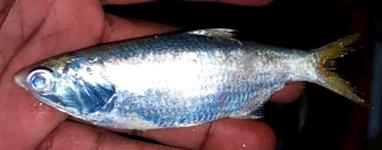
General:
In shallow waters of less than 20 m deep, very seldom below 50 m; generally near coral reefs. Social organizations in this group vary from monogamy, harems, promiscousity, and lekking
Several species are protogynous hermaphrodites engaging in 'haremic' social system. Pelagic spawners.
Species of Centropyge feed primarily on filamentous algae and species of Genicanthus feed primarily on zooplankton; most others feed on sponges, invertebrates, algae and fish eggs. Three basic feeding styles: predation on sessile invertebrates, herbivory and planktivory.
Strongly compressed body. Angle of preopercle with a strong spine. Three spines in anal fin. Many species have an elongate extension on hind margin of soft dorsal and anal fins. Caudal fin rounded to strongly lunate with 15 branched rays. Vertebrae 24 (10+14). Striking coloration, markedly different between juveniles and adults of many species.
In shallow waters of less than 20 m deep, very seldom below 50 m; generally near coral reefs. Social organizations in this group vary from monogamy, harems, promiscousity, and lekking
Several species are protogynous hermaphrodites engaging in 'haremic' social system. Pelagic spawners.
Species of Centropyge feed primarily on filamentous algae and species of Genicanthus feed primarily on zooplankton; most others feed on sponges, invertebrates, algae and fish eggs. Three basic feeding styles: predation on sessile invertebrates, herbivory and planktivory.
Strongly compressed body. Angle of preopercle with a strong spine. Three spines in anal fin. Many species have an elongate extension on hind margin of soft dorsal and anal fins. Caudal fin rounded to strongly lunate with 15 branched rays. Vertebrae 24 (10+14). Striking coloration, markedly different between juveniles and adults of many species.
Etymology
Greek, poma,-atos = cover + Greek, akantha = thorn
Greek, poma,-atos = cover + Greek, akantha = thorn


ANCHOVIES - Engraulidae